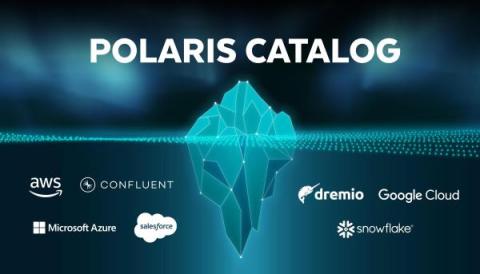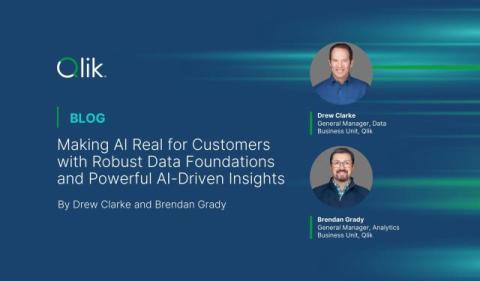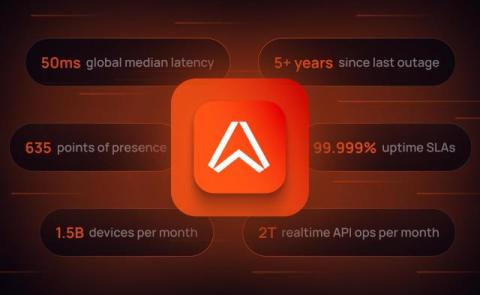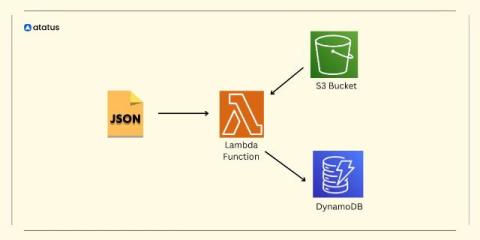How to build a Rails API with rate limiting
APIs are the bread and butter of the internet. The ability to interact with our applications programmatically enables interoperability and makes our lives as developers easier. Unfortunately, web applications are vulnerable to malicious actors that seek to misuse them or degrade their performance, which is why rate limiting is an important part of any API.











